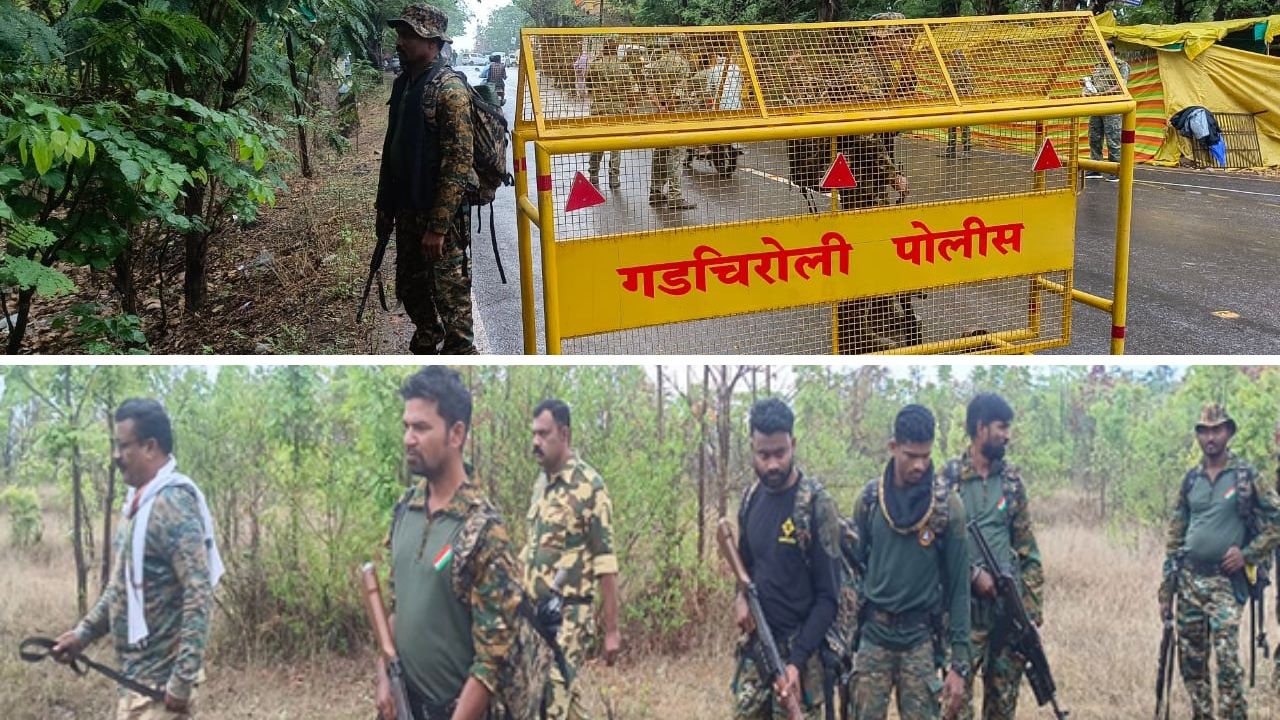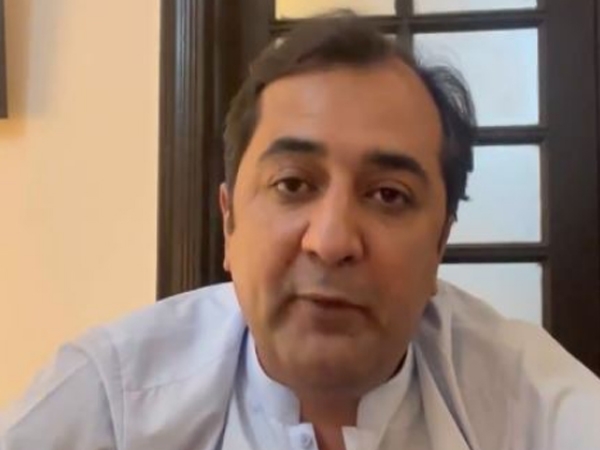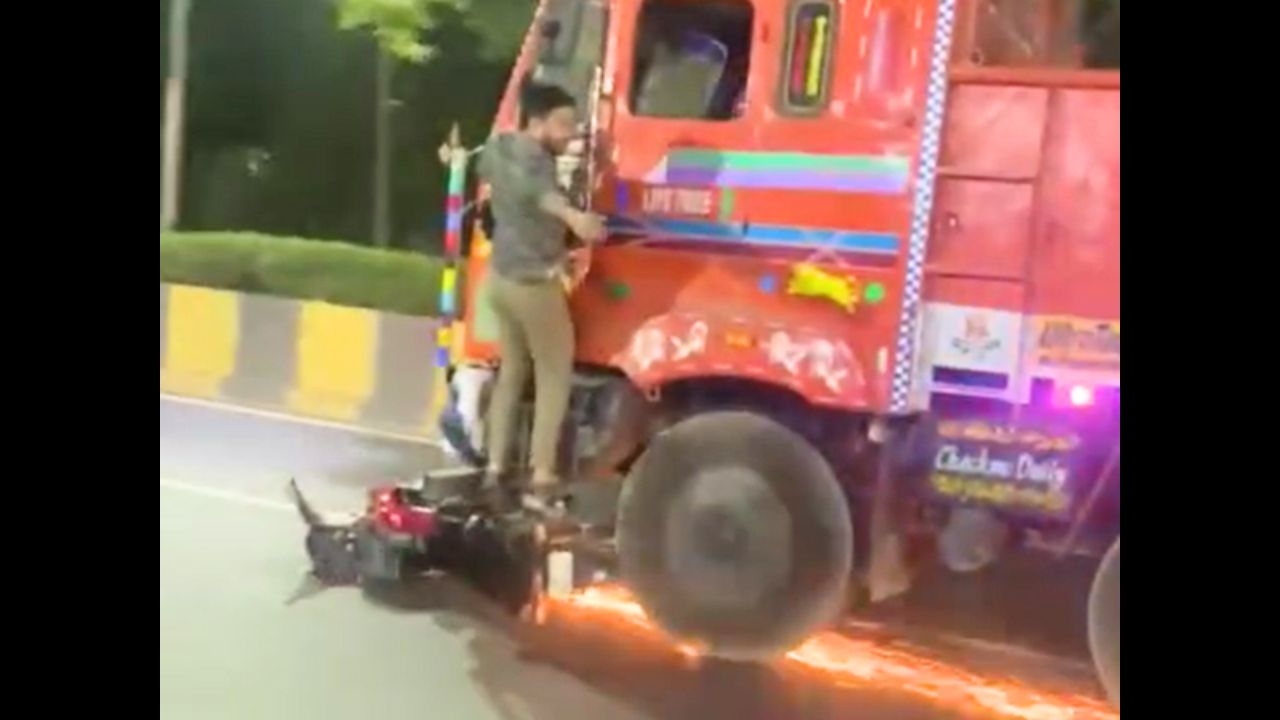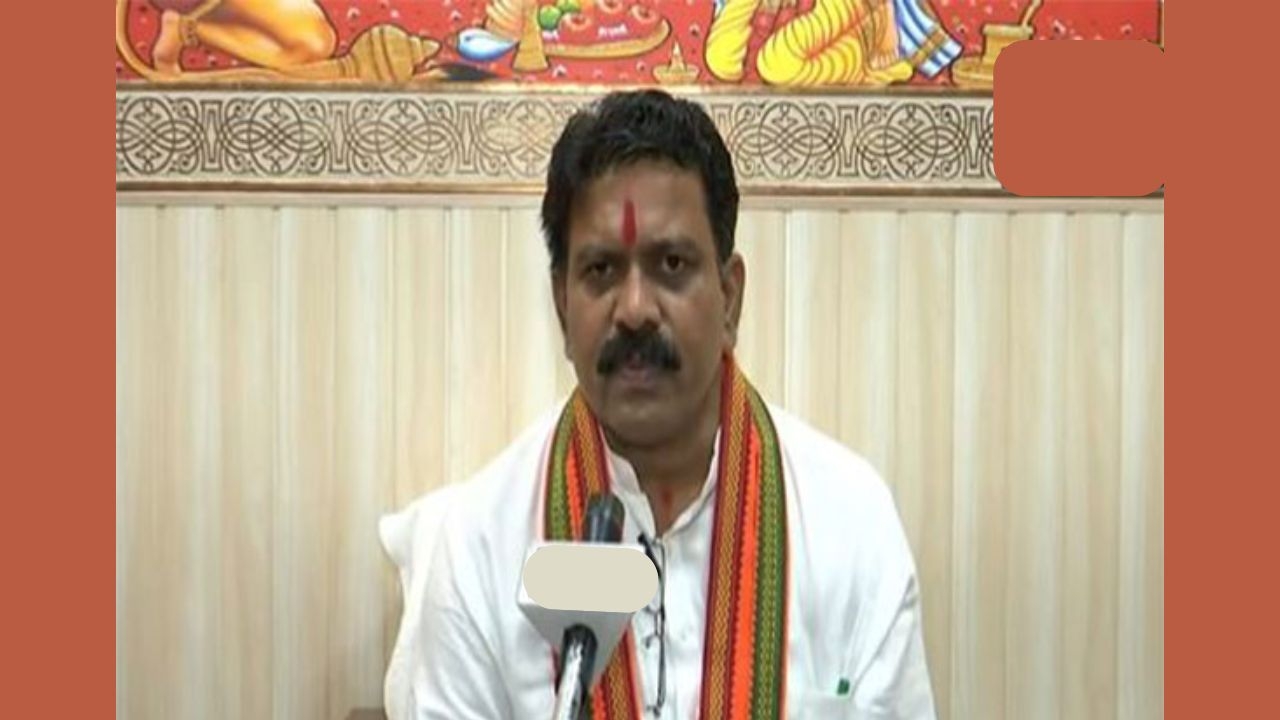'Khatra hai': Fear grips Dalits & Thakurs in Saharanpur flashpoint Shabbirpur
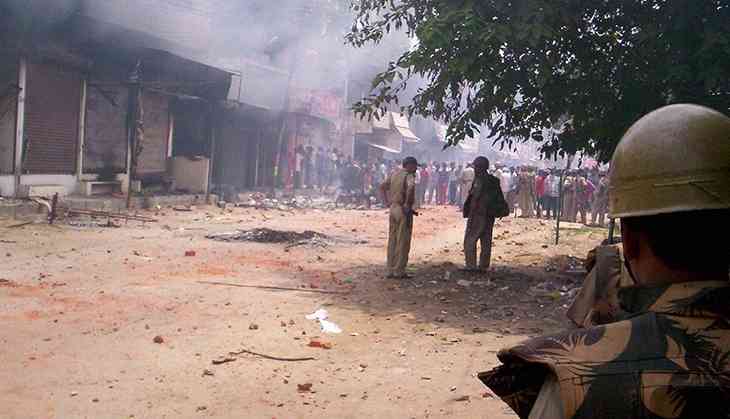
“The officers have gone to the houses across the road,” a Dalit villager remarks as we ask him for directions. “I can't go there, khatra hai,” he says while walking briskly towards his house.
The village square divides the Dalit and Thakur quarters in Shabbirpur, the epicentre of clashes between the communities.
A big house with 'Rajputana' written in huge letters on its gate suggests that we are entering the Thakur side of the village.
Posters with greetings on the occasion of Maharana Pratap Jayanti adorn the walls of many houses.
Thakurs were celebrating Maharana Pratap Jayanti with pomp on 5 May in Shabbirpur. But this was what led to the first incident of violence, which left one Thakur boy dead, a dozen Dalits injured, and at least 50 Dalit houses burned to the ground.
It took another clash, on 23 May, at the time of BSP chief Mayawati's visit to the village, which made the state government come out of their slumber and take notice of the grave situation. Top officials were dispatched to calm tempers in Shabbirpur and other villages.
'No innocent will be kept behind bars'
A few metres away, in the courtyard of an unplastered brick house among the Thakur mohalla, sits Mani Prasad Mishra, Uttar Pradesh's Home Secretary, surrounded by a group of villagers.
“The real culprits have not been booked, while innocent boys have been picked up by the police,” he is told by an elderly woman as he tries to calm the crowd.
“We will re-examine all the arrests. No innocent will be kept behind bars,” Mishra promises.
“The police remained a mute spectator,” a young Rajput boy alleges as he flashes a video of a group of Dalits marching through the Thakur quarters.
“The police just watched as they created a ruckus, pelted stones, tried to burn our houses,” Rajkumar, a member of Thakur community, says, adding, “I was sleeping when it all started that afternoon, before Mayawati came.”
“Since they numbered hundreds, we decided to not confront them,” Pawan, another Thakur boy, says.
However, after Mayawati's meeting, a jeep carrying Dalits was attacked in Chandrapur, the next village. They were fired at and attacked with swords.
According to locals, Ashish, a Dalit, succumbed to gunshot wounds, while several others were grievously injured. This happened despite heavy police presence.
The next day saw two more hit-and-run attacks. First, according to a young man, at 4:30AM, when two people on their way to a brick kiln were shot at by unidentified Rajput men in Mori village. The other attack was on a Thakur in Chaka Hareti village, next to Saharanpur, by some unidentified gunmen who shouted 'Jai Bhim'.
Road lined with burnt houses
The well-paved road which leads to Shabbirpur is lined with burnt houses, a stark reminder of 5 May. “The police just watched as the Thakurs burnt our houses,” Suggan, an elderly Dalit, tells Catch, sitting on a colourful charpoy outside his one-room dwelling.
The walls of his house are blackened with soot; broken utensils lie in one corner.
“They burnt my house as well,” he says. “Most of us were working in the fields. Even those who were here ran when they saw the mob,” he says.
Some of the Dalits were still caught in the mayhem which followed after the local Dalits, who had been opposing the procession, pelted it with stones. In retaliation, a mob from neighbouring Simlana, where the celebrations were taking place, attacked the village, burnt houses, and ransacked the Ravidas Temple.
Suggan's son refuses to believe that Sumit, the Thakur boy, died after being attacked by the Dalits. “He was killed by Bhagat ji, Ravidas ji. It was his anger,” he says pointing to the temple. “They were ransacking the temple,” he went on, citing Sumit's postmortem report.
The report said Sumit died of asphyxiation. Dalits claim that he died of smoke inhalation when he was trying to set fire to the Dalit houses. The Thakurs say he was hit by a stone.
The sarpanch's election
Shabbirpur is unusual, for unlike other settlements where the Dalit/Harijan basti is at one end, here, the Rajputs have to pass through the Dalit quarters to go to their houses. Ravidas Mandir is the first important landmark in the village.
In April, some Thakur boys had opposed the installation of Dr BR Ambedkar's statue on a raised platform. “They are the ones who acted as miscreants in the first place. What problem did they have when we were doing it on our own land? They still asked us to get permission,” Suggan says.
“They said that they don't want Ambedkar's finger pointing at them when they enter the village,” he says.
The permission never arrived, and the project had to be shelved. However, in retaliation, Shiv Kumar, the sarpanch told the administration that the Dalits would not allow the Rana Pratap procession of the Thakurs. The Thakurs, meanwhile, say they were merely asking for the statue to be installed only after getting the requisite permissions.
“The rift actually goes back to Shiv Kumar's victory in the last elections,” Suggan's son pitches in. Kumar, who won the last Panchayat elections when the village seat was reserved for SCs, won again this time, even when the contest was open for everybody. More than one Thakur candidate led to the division of votes, making Kumar's victory easier. “It is a Rajput village, but his victory came as a shock to the Thakurs,” Suggan says.
It was Shiv Kumar, and Mahendra Singh, the Dalit sarpanch of the neighbouring Chandrapur village, who mobilised the Dalits on the day of the Maharana Pratap Jayanti celebrations, Rajkumar says.
“He is no weakling, he is a rich man. He, and two brothers share 150 bighas of land; no Thakur has as much land. He is a dabang, a trouble maker,” Rajkumar continues.
Most Dalits in Shabbirpur own agricultural land. “Even if it's five bighas, most of the families have their own land. We don't need to go work on another's farm,” Suggan says.
Lapses in administration
Inside the village, the officials are on their job to bring back peace. “We just had a meeting with both sides. They have agreed to maintain peace. We have taken their signatures. We have also taken a video,” two local administration officials tell a senior police official in Shabbirpur.
“Is it the first such exercise?” we ask the top cop.
The administration had had a similar meeting after the 5 May incident, we are told. Yet, there was another clash on 23 May.
“They may claim that a compromise has been reached, but who are the parties?” Praveen Bharti, a lawyer, asks. He says had the administration arrested all the trouble makers then and there from both sides, things would not have got aggravated to this level.
Mishra and other officials accept that there has been a lapse on the part of the administration. “We have now advised the local administration to take strong, effective and immediate action,” Mishra tells Catch.
“The former SSP was too scared to act,” says another senior police official, talking about SC Dubey, the top district cop, who was suspended after the 23 May incident.
A senior official tells Catch that the local intelligence unit was given a go-by by Dubey, who would not rely on it to assess the situation. Another senior official of the state police is aghast at the way Mayawati was allowed to visit on 23 May.
“The situation may not have gone out of hand had the administration not allowed the Mayawati visit, or allowed hundreds of people to gather in Shabbirpur,” he says.
Attempts to assert caste dominance
Saharanpur has an interesting demography, with Thakurs and Dalits (mostly Jatavs) making up the bulk of the Hindu population. Muslims, too, number around 40% in the district.
Shabbirpur is not the only village where Dalits are ready for a confrontation. “Thakurs in our village are worse off than us,” says Manoj, a carpenter from Ghatkauli village, as he sits with a group of other villagers at a tea shop. “Most of them have five bighas of land. We have much more. No Dalit works on their farms. The few who don't have land go to Saharanpur and work,” he says.
“Most of them have five bighas of land. We have much more. No Dalit works on their farms. The few who don't have land go to Saharanpur and work,” he says.
At the entrance to the village, a board reading 'The Great Chamar' greets visitors. The village was tense when the Rajputs objected to putting up the board. “We told them you can put up a similar board,” he says. Inside the narrow lanes of the house, several poles have 'Chamar Nivas' written on them, indicating they are Dalits. After the confrontation, Thakurs and Dalits rarely interact.
The Dalits and Rajputs' attempts to assert their dominance has led to an interesting churning and symbolism around caste identities.
The “Great Chamar” board is one such example. It was put up by the Bhim Army, the Dalit group started by Chandrashekhar Azad 'Ravan', a lawyer, who claims to be speaking up for the rights of the Dalits. Chandrashekhar sports a handlebar moustache, and wears aviator sunglasses.
The Bhim Army had 10 Royal Enfield Bullet motorcycles when it started, Bharti says. The outfit uses a tiger as its symbol.
Rajputs, too, have their own outfits, like the Karni Sena, which counts Sher Singh Rana, who was involved in the murder of dacoit Phoolan Devi, as an important leader.
The Bhim Army shot to fame recently, when its members clashed with the police and the local administration in a violent protest on 9 May in Ramnagar village. They were denied permission to hold a protest against the 5 May violence in the city.
“Samman ka badla samman, apmaan ka badla apmaan,” Karamchand, a Dalit businessman, had told Catch in Ramnagar earlier, when asked about the confrontation. “The Rajputs can't handle that the Dalits now have money and a political voice.”
The Bhim Army's graph continues to rise after the 9 May incident, when the local police booked the organisation and its members, including Ravan, in two dozen cases. However, they failed to arrest him or any of his accomplices.
Days later, in a major embarrassment for the administration, the Bhim Army called a protest at Jantar Mantar, New Delhi, which was attended by more than 10,000 people from all over UP and adjoining states, and addressed by Chandrashekhar. Top police officials say he will soon be arrested.
“We may have not needed the Bhim Army before. But now, we need it after such attacks on us,” Praveen, who works as a carpenter in Chandrapur village, tells Catch.
Most of the Jatavs in Saharanpur blame the BJP for the violence against them. “When the elections come around, we are seen as Hindus. But as soon as they end, we again become chamars, jhimars, valmikis,” says Lokesh Kumar, a Dalit student, who lives in Ravidas Hostel in Saharanpur.
Who does Bhim Army suit?
On Thursday, at a press conference at the Saharanpur circuit house, Home secretary Mishra hinted at a conspiracy behind the clashes, and spoke about vested interests from outside trying to foment trouble, and that the administration would go after the conspirators once it had solid proof.
However, the morning after, a senior state police official tries to explain the contours of the conspiracy. “The results of the elections have rattled all other parties,” he says. “This kind of consolidation in favour of the BJP has come as shock, and they are looking for ways to tackle it.”
It is at this point that he brings up the Bhim Army. “It is playing the role of a disruptor. In today's situation, it suits all parties other than the BJP,” he says.
Police claims the Bhim Army runs a social media lab from Delhi, and employs 12-14 people. “That needs at least Rs 4 lakh per month. Where is it coming from? Rs 50 contribution from members can't be sufficient,” the cop says. “But it may not be illegal. After all, people can give funds legally if the organisation is not outlawed.”
However, a local Dalit activist says affluent Dalits are funding the organisation, and that on the day of the Jantar Mantar protest, the amount collected totalled more than Rs 16 lakh.
Political blame game
Saharanpur has traditionally been a BSP stronghold. It was only in this year's elections that the BSP did not win even one Assembly constituency in the district.
Sukhbeer Singh Pundeer, a former BJP MLA and a local Thakur leader, says the violence is a result of the unease amongst the BSP leaders. They are provoking the youth, he claims, insisting that even the Bhim Army has links to the BSP leaders. “The Bhim Army is a group of goondas egged on by the BSP leaders, including a former MLA,” he says.
Sanjay Garg, the Saharanpur MLA, meanwhile, blames the BJP. Since Yogi Adityanath has come to power, there have been as many as four to five processions with people openly wielding swords and other weapons, he says.
Garg is also aghast at the way the police did not act when local MP Raghav Lakhanpal laid siege at the SSP's house, after he was denied permission to celebrate Ambedkar Jayanti in Sadak Doodhli, a Muslim majority village, which had seen tensions around the event before. “Had the administration taken action, it would not have emboldened all such elements who are now creating trouble,” he says.
Lakhanpal is said to have been rapped on the knuckles by CM Yogi Adityanath, according to a senior state official. No action has been taken, so far despite an FIR.
Multiple police officials this reporter spoke to also confirmed that there was little to even suggest the BSP played a role in excerbating tensions or supported the Bhim Army, which is said to have provoked the Thakurs by pelting stones on their houses and raising offensive slogans on the day Mayawati visited Shabbirpur.
The investigations had thrown up the name of a former BSP MLA, but a local cop says even his role may have been confined to just attending a meeting or two.
A senior police official in the district also says it may be far fetched to term it a political conspiracy at this point, and to insinuate that the violence was a political design. “It is natural for the political parties to jump in once the incident has happened, make hay while the sun shines,” he says.
First published: 27 May 2017, 23:04 IST
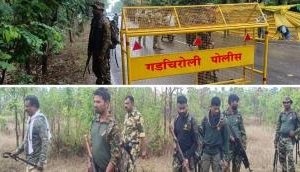

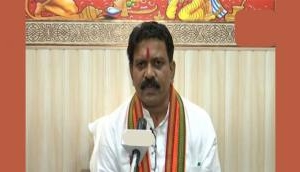
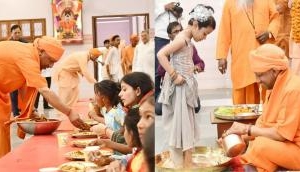

![BJP's Kapil Mishra recreates Shankar Mahadevan’s ‘Breathless’ song to highlight Delhi pollution [WATCH] BJP's Kapil Mishra recreates Shankar Mahadevan’s ‘Breathless’ song to highlight Delhi pollution [WATCH]](http://images.catchnews.com/upload/2022/11/03/kapil-mishra_240884_300x172.png)

![Anupam Kher shares pictures of his toned body on 67th birthday [MUST SEE] Anupam Kher shares pictures of his toned body on 67th birthday [MUST SEE]](http://images.catchnews.com/upload/2022/03/07/Anupam_kher_231145_300x172.jpg)


